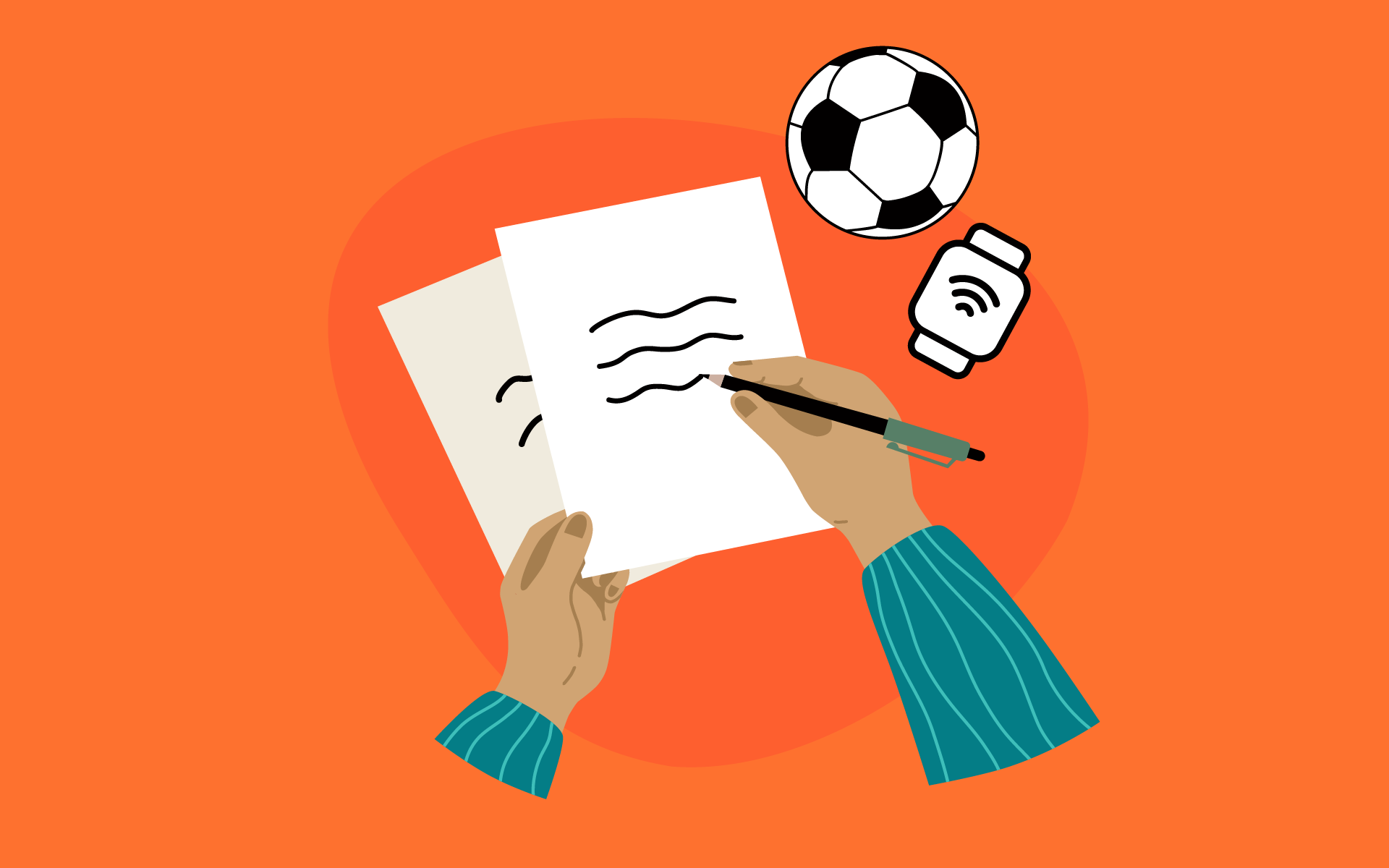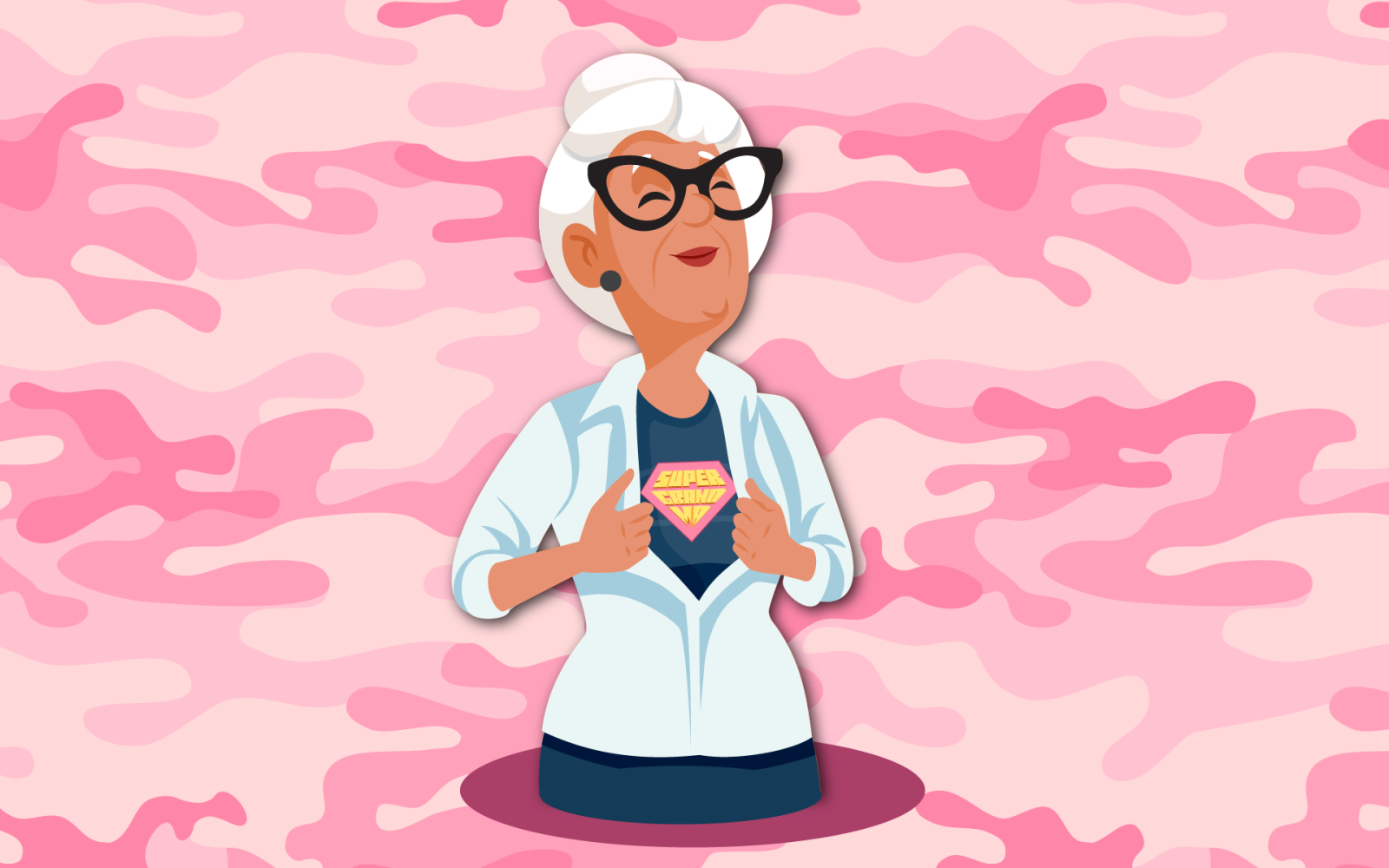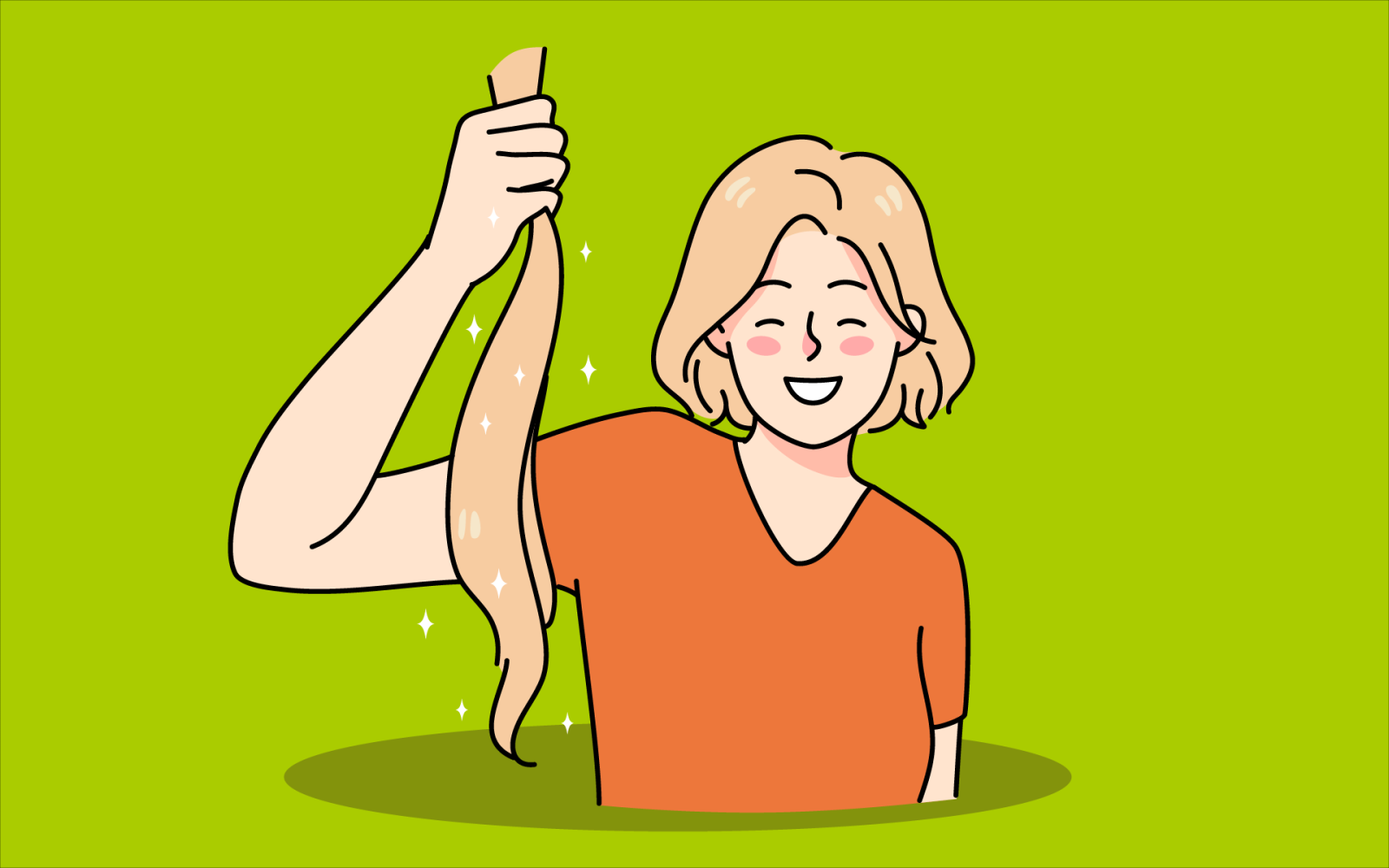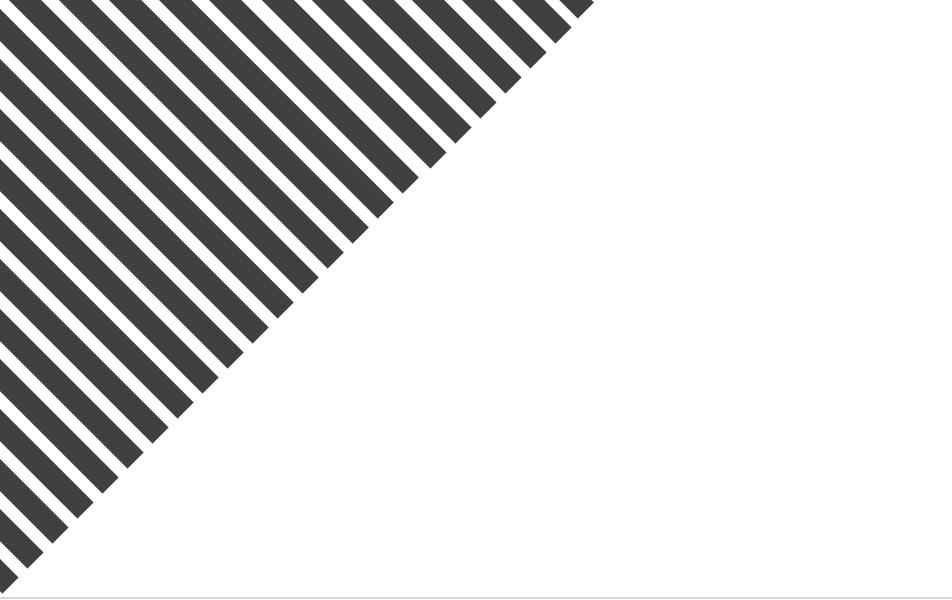The future I see when I look back at yester-me

Can we dream ourselves into who we have always wanted to be?
In my final assignment of my final year of primary school in the early 1980s, the class was told to write a letter to our future selves, imagining our lives in the year 2000.
We placed the letter in an envelope and were given strict instructions to open it only at the turn of the millennium.
My letter remained at the bottom of a box of “important documents”, gathering dust as it was schlepped from new home to new home and eventually forgotten.
Years after Y2K came and went, I stumbled upon the envelope during one decluttering mission.
I dusted off the layers of grime and tore open the envelope. A yellowed scrap of paper filled with my 13-year-old self’s scribblings slithered out.
I hadn’t imagined what the world would be like, but I’d imagined myself.
I wrote that I would have a flying car and a telephone watch. I let my imagination get ahead of me because I believed I’d be a great soccer player, playing for Liverpool nogal, and a pop star (never mind that I couldn’t sing in tune – although that hasn’t stopped some pop stars) and I’d be featured in the Guinness Book of World Records.
I also wrote that I’d live in a castle with Zardoz.
The one thing my imagination couldn’t process was Zardoz, my much-loved galumphy, drooling dog, not being alive.
My grown-up self didn’t turn out as my 13-year-old self had imagined — with one exception: I can talk to other people from a smartwatch (if I had one). And, who knows, maybe I will still get to play for Liverpool – stranger things have happened (although not too many).
The letter took me back to my childhood, and I remembered a gormless, geeky teen who often fled into my imagination to escape reality.
The letter made me wonder about the letter I’d write now to my future self, to not only imagine the future I want but to make that future a reality.
Like my teen self, I have hopes and fears for my future (well, what’s left of it), but the one thing I have now that I didn’t have then is the understanding that I have the power to influence my future.
I also now know that imagination is not only for escaping reality; it can also be used to create it. My 13-year-old self’s future was big on imagination, but short on reality.
Athletes often imagine situations to help them perform better.
By closing their eyes and harnessing the power of their minds, tennis players improve their serves, gymnasts perfect twisty somersault dismounts, and soccer players master penalty kicks.
I realised I had to imagine the type of future I wanted and then see how I could change my life in the present to realise the future.
I took out a pen to write a letter to my future self about where I hoped to be in 2030 and the kind of world I wanted.
But what did I want? My pen hovered.
What I wanted for the world was easier to imagine. The big picture: an end to poverty and suffering, a world economy run on renewable energy, quality education, equality, clean water, and, yes, I know, Imagine all the people … living life in peace.
And then, of course, there is the small picture – me. What did I want in 2030?
Wealth? Health? Playing for Liverpool?
But before I put myself in my older self’s shoes so I can make better choices now to become the person I want to be in 2030, I decide to fire up my imagination.
I close my eyes and picture myself scoring the winning goal for Liverpool. My galumphy Zardoz runs onto the field, jumping up on me and licking my face in celebration.
I smile because it’s true. Imagination defies gravity, science and time. Anything is possible in your imagination.




